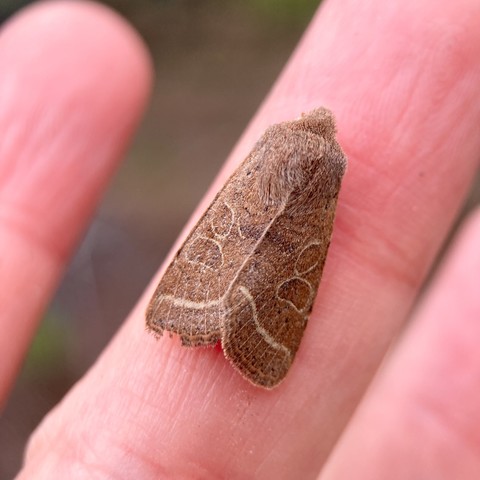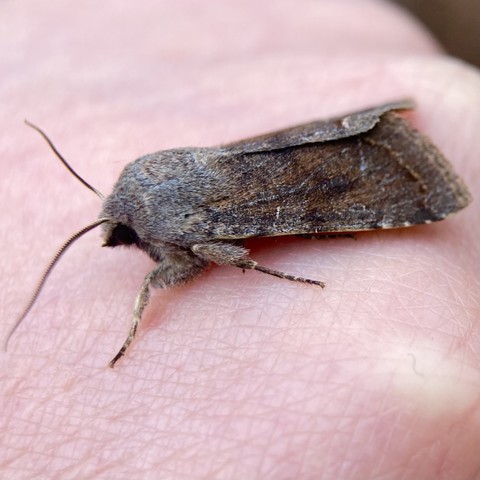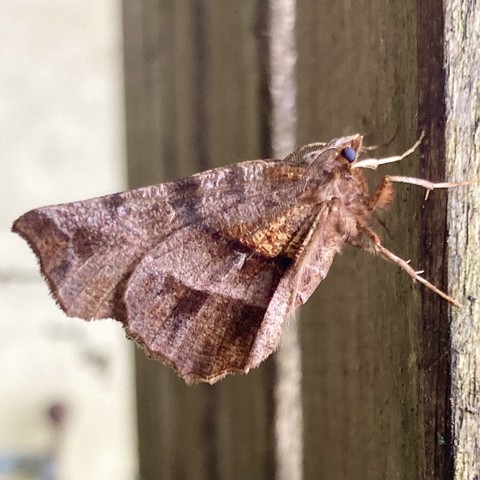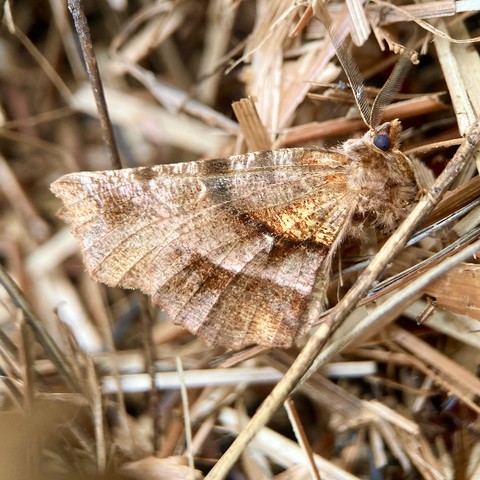Recent searches
Search options
More Common Quakers (pic 1) and Clouded Drabs (pic 2), but first sighting in 2025 of an Early Thorn, one of the leaf-mimic moths. Not as bright and colourful as some of the thorn moths in the height of summer but nice to see one nonetheless (pics 3 & 4). See how the light affects its colouration. 3 & 4 are the same moth.
@hastingsmothman Are these the moths I find in my maple sap buckets? I have been wondering ever since I started tapping trees a few years ago who these little friends are! They sometimes get frozen into the sap, because they fall in, and then once they thaw out in the house they wake up and I take them back outside. The brown ones look a lot like this pic of the Common Quaker and the grey ones look a lot like the pic of the Colored Drabs.
@horsesandotherimpracticalthings Do you have any pictures? Not sure where you're based but my knowledge is limited to UK/European moths (and you mention maple sap buckets which is most definitely not a UK thing!) But if you have a picture I would be able to tell if it's generally a moth. But interesting that whatever they are get caught in the sap. Some moths feed, some moths do not feed at all, so it may be a moth. Happy to help if you have any pics (now or the next time one gets frozen in)
@hastingsmothman They’re definitely moths - I’m skilled enough to recognize the difference between them and butterflies, but not to id species. I did forget that you’re in the UK, though! I’m located in Maine, so even though they look very, very similar (to me) to the ones you posted, it’s quite possible they’re different! There are a lot of little brown and grey moths out there. I don’t think these guys are going for food. I think they like to hide in bark crevices, and the sap buckets have these little hats to keep the rain out that I think the moths are trying to shelter in, but then they slip and fall into the sap below. I’ll try and get good pictures next time I collect. :)
@horsesandotherimpracticalthings Ah, I see. Yes, what you describe does sound likely, hiding in crevices and falling in. Not a huge crossover in terms of US and UK moths so my ID skills for you might be limited (but willing to try!) There are some good apps out there (including free ones) that are good at ID'ing species. I'm fine at UK moth ID, but even I use an app sometimes if I'm not certain! We have Obsidentify which is European, but am sure there will be many US equivalents.
@hastingsmothman Oh good point about the apps, maybe I’ll give Seek a try on them!





